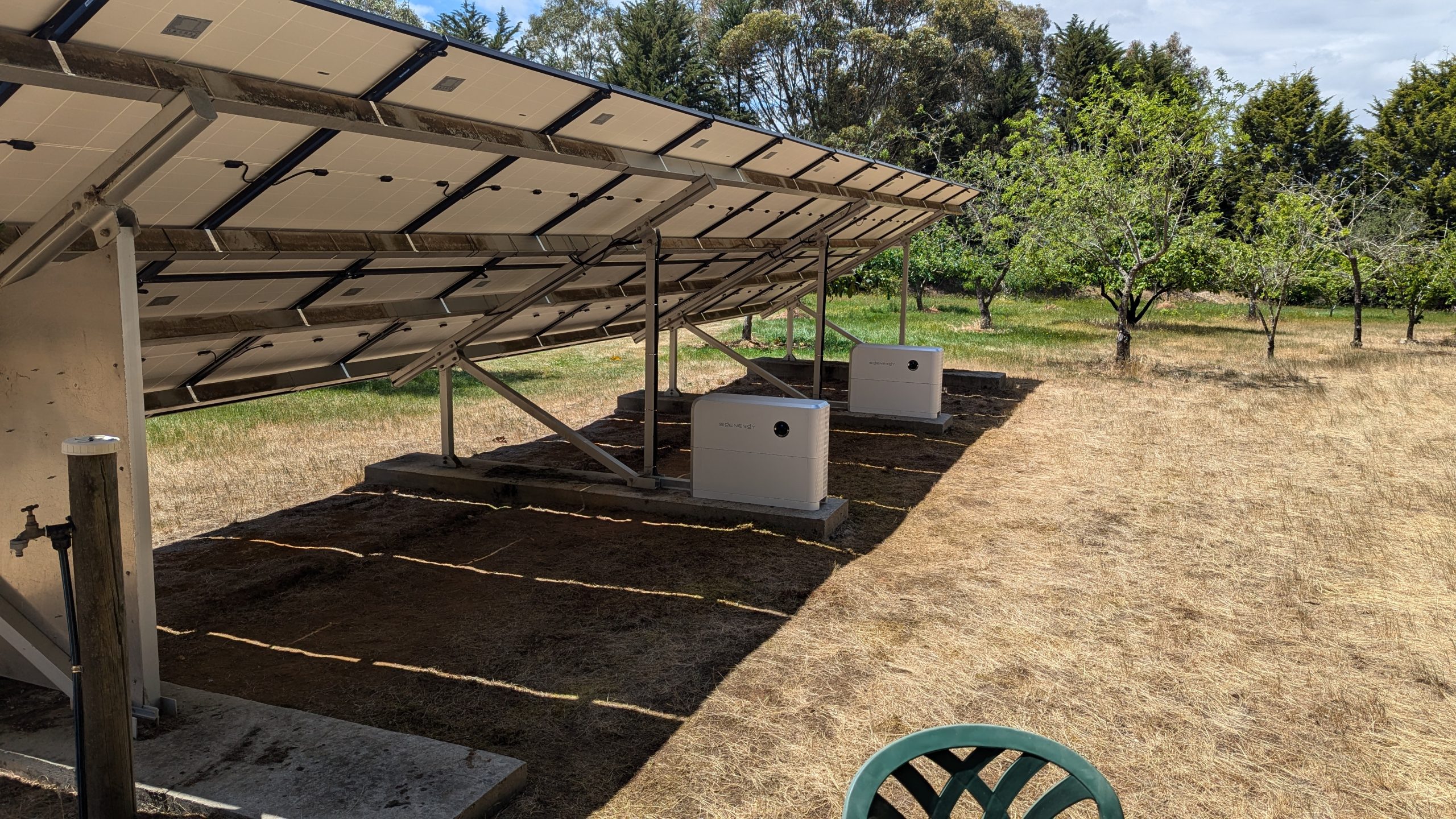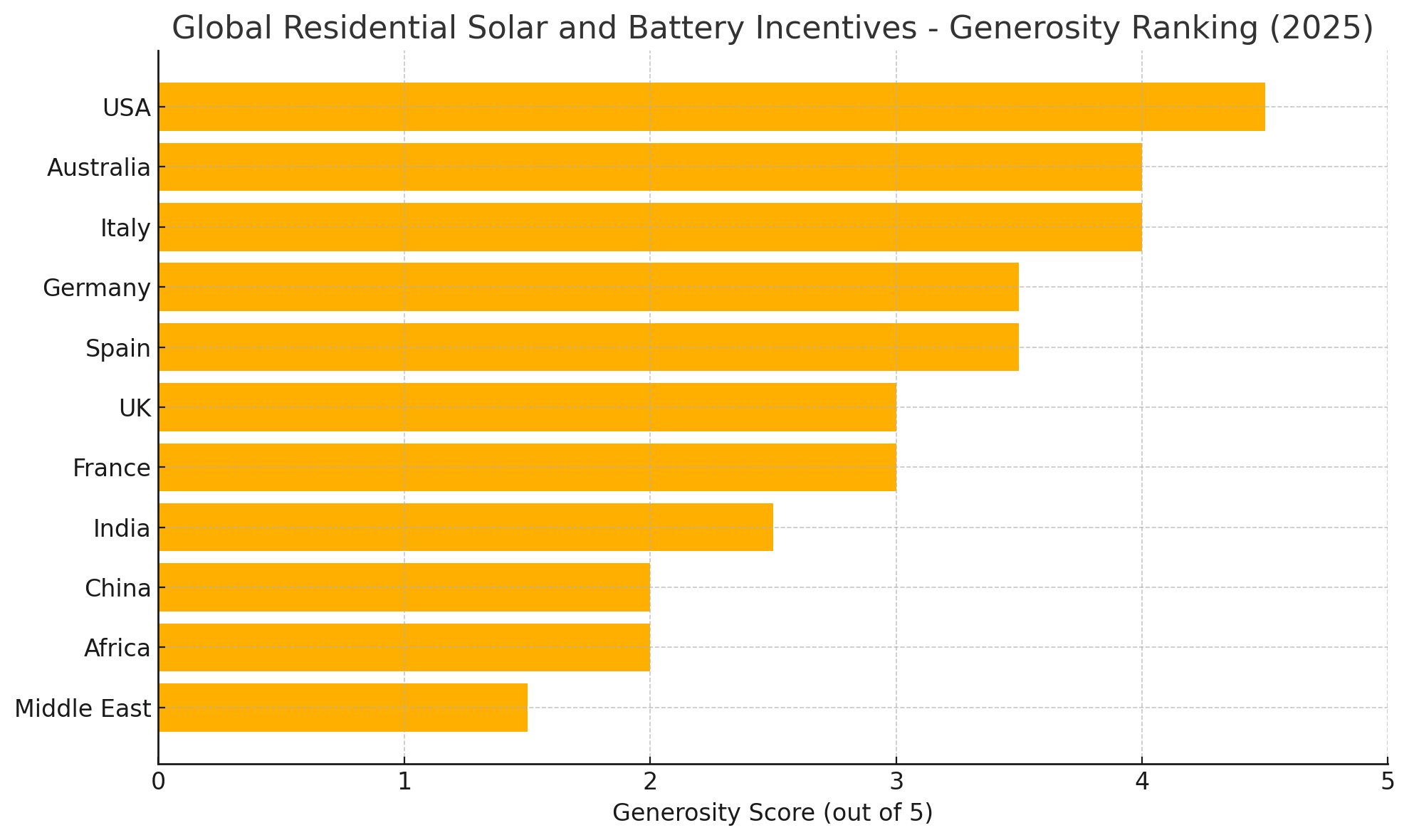
An Off-Grid System for (Almost) Every Aussie Home
Here’s a setup I can confidently offer blindly, and it’s highly unlikely to cause any trouble:
- Battery Bank: 16kWh
- Solar Panels: 12kW
- Inverter Power: 12kW
This reliable, no-fuss system comfortably covers typical household needs, leaving little room for complaints—unless someone’s cooking with a welder!
How to Size an Off-Grid Solar System Without Losing Your Sanity
Sizing a modern off-grid solar system is ridiculously simple these days—so simple, I’d say there’s almost nothing to calculate. Yet, I know plenty of folks who’ve been through the ringer with off-grid installers, enduring the torture of “demand profiling.” You know the drill: filling out endless Excel sheets listing every appliance you own, probably down to your kettle. It’s like they’re preparing for an energy audit in the middle of nowhere!
What Does Sizing an Off-Grid Solar System Mean?
Sizing an off-grid solar system involves determining three key components:
- The size of the inverter in kilowatts (kW).
- The size of the solar panel array in kilowatts (kW).
- The size of the battery bank in kilowatt-hours (kWh).
How We Do It
We don’t overcomplicate things. Utilities like Powercor have known this for ages—single-phase systems are typically capped at a maximum demand of 40A, which is about 10kW. We take it a step further, offering 50A, or around 12kW, as our standard. In reality, most houses don’t even use more than 6kW at peak demand, making this more than sufficient for the majority of homes.
Yes, some may start talking about getting more equipment, welding gear, or whatever else they plan to add. It’s simple—if you’ve got machinery, a swimming pool, or a really big house, we ask about it upfront and easily adjust the system. No need for exhaustive profiling. Plus, modern systems are so flexible that any house can start with a smaller system and upgrade later if needed. Upgrading is easy and hassle-free with today’s technology.
Surge Capacity: Relics of the Past
Surge capacity? That’s a relic of the past. Sure, you might get someone with an important-looking face bringing up this question, but in a domestic setup, a 12kW installation handles it with ease. Surges typically only occur with motors, and these are easily managed by using variable-speed pumps, which fix the issue effortlessly.
If there’s industrial equipment or a swimming pool involved, we’ll take a closer look at that, but honestly—there’s no need to stress. Modern systems are designed to handle these situations without breaking a sweat.
The Size of the Solar Panel Array
Considering Australian winters and challenging conditions, solar panels may only get around 1.5 hours of effective sunlight per day. For a household, one person typically needs 5kWh per day, plus a 5kWh base consumption for the house.
For example, in a household with 3 people:
5kWh (base) + 5kWh × 3 people = 20kWh per day.
To generate 20kWh in 1.5 hours of sunlight, a system size of approximately 13.5kW is required.
Solar Panel Brands and Recommendations
Here is a list of popular solar panel brands with links to their specification sheets: SunPower, Jinko Solar, Canadian Solar, REC, Trina Solar, Q CELLS, JA Solar, Risen Energy, Longi Solar, Seraphim Solar, AIKO Solar.
Any of these brands will work well—don’t stress too much over the choice. I’d recommend just going with the cheapest option.
Any of these brands will work well—don’t stress too much over the choice. I’d recommend just going with the cheapest option.
Interesting Solar panels info here
Battery Bank Size
For the battery bank, we already know the rule of thumb is 5kWh per person. To make it much easier, I’d recommend starting with 16kWh—no stress—and see how it goes. This is the easiest part to upgrade later if needed. If your budget allows, you can round it up to 20kWh for extra capacity and peace of mind.
An Average Off-Grid System for Most Australian Homes
Here’s a system I can confidently offer blindly, and it’s highly unlikely to cause any trouble:
- Battery Bank: 16kWh
- Solar Panels: 12kW
- Inverter Power: 12kW
This reliable, no-fuss system comfortably covers typical household needs, leaving little room for complaints.
Inverter and Battery Bank Brands
Let’s simplify this as well. Sorry if some people might disagree, but I’d say Selectronic, PowerPlus, and Victron were reliable brands—but honestly, they belong to the past. Similarly, I believe 48V battery systems are also a thing of the past.
Now, we have three major players for off-grid solar systems: Sigenergy, Deye ESS, and Pylontech. These are all-in-one systems, with Sigenergy already available and Pylontech Force H3 Hybrid coming next. All these systems come with a 10-year warranty and are designed to work seamlessly off-grid or on-grid, making them adaptable to any situation.
Read more: Common Off-Grid Solar Equipment Choices



